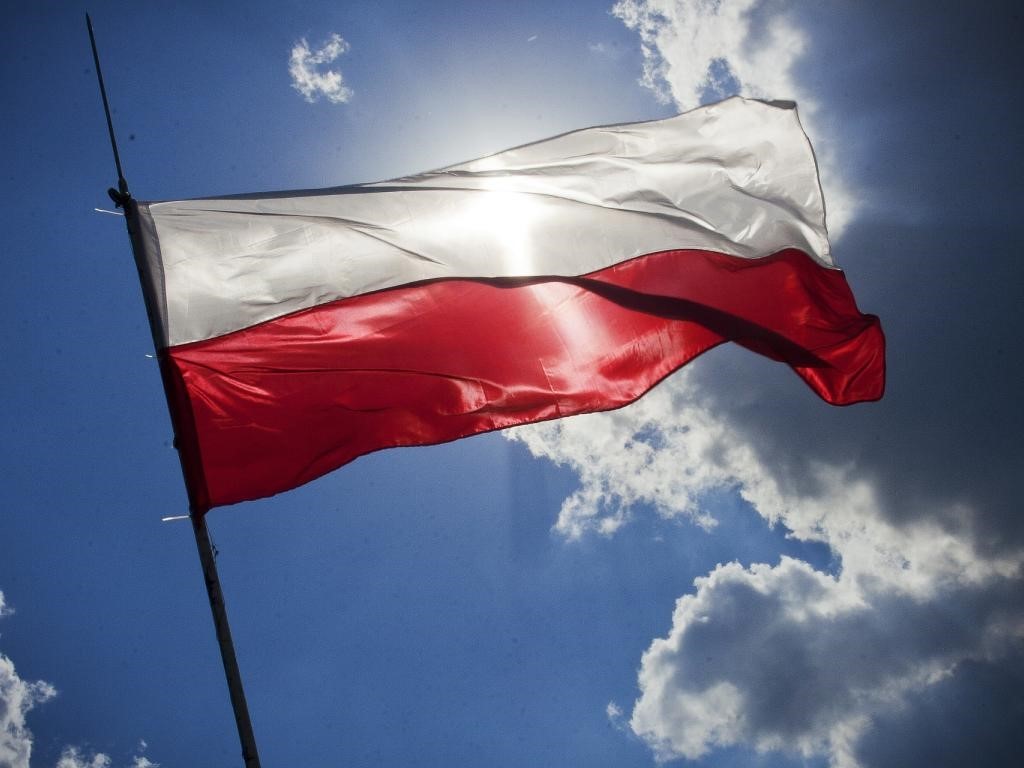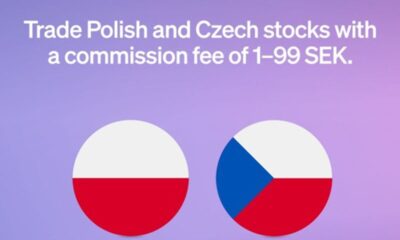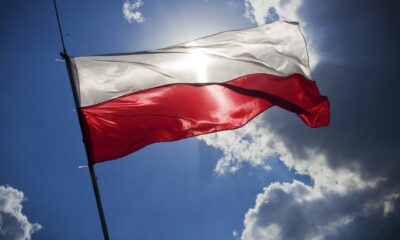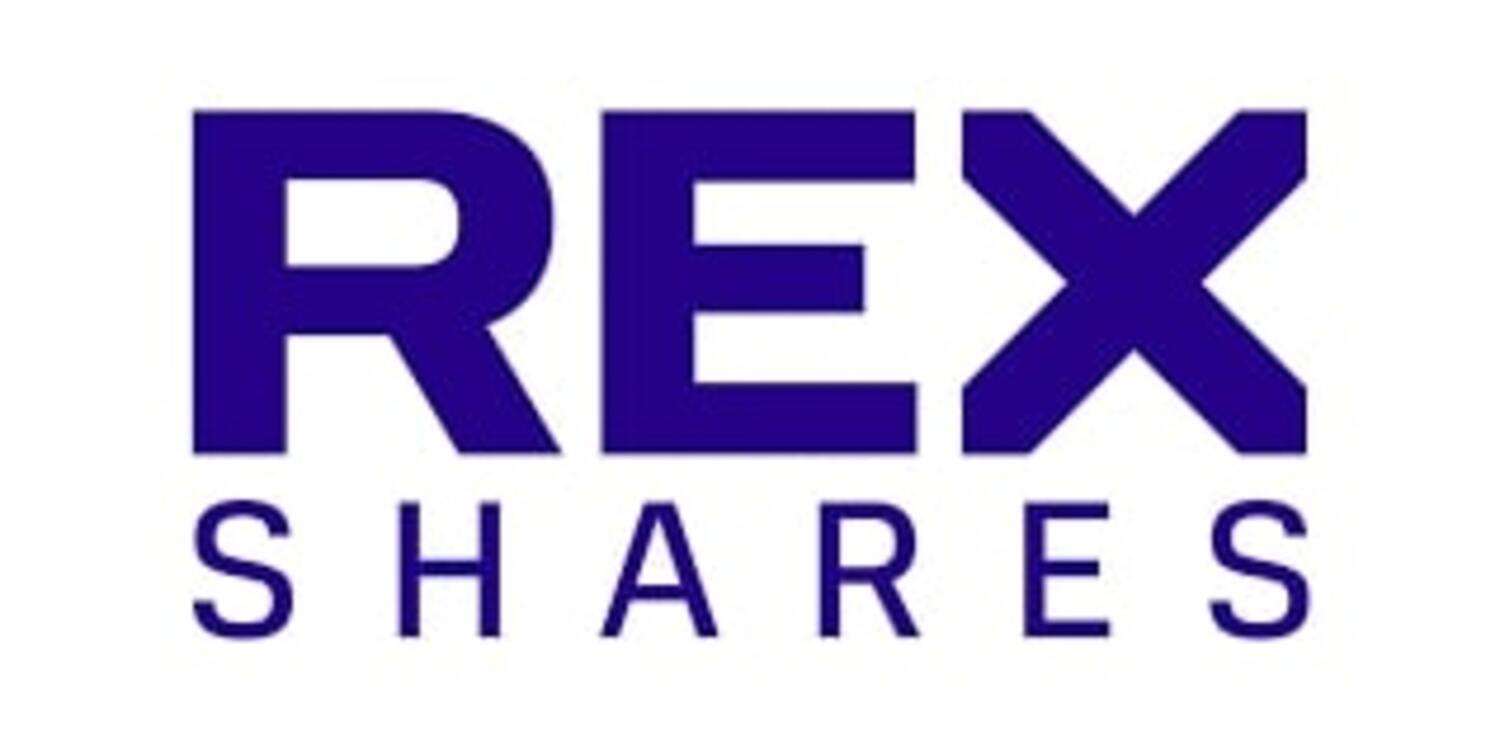Polsk grupp bakom utvecklingen av ETF produkt. Till namnet är det AgioFunds TFI lanserar Polens första ETF, men det är en större grupp som ligger bakom denna börshandlade fond. Dom Maklerski BOŚ agerar som den första market markern för Beta ETFen.
Warsawabörsen meddelar att represententer för GPW, AgioFunds TFI, Israeli-uppbackade Beta Securities Poland och Dom Maklerski BOŚ har undertecknat ett avtal. Detta avtal innebär att företagen skall stödja produktutvecklingen på den polska kapitalmarknaden. Företagen skall dessutom arbeta för att utbilda investerare. Warsawabörsen arbetar för att utveckla nya finansiella produkter, i syfte att göra den polska kapitalmarknaden mer attraktiv.
Beta Securities Poland, i samarbete med AgioFunds TFI
Beta Securities Poland, i samarbete med AgioFunds TFI och DM BOŚ, arbetar för att utveckla och lansera Beta ETFs, GPW’s första börshandlade fonder. Dessa skall replikera Warsawabörsens index, men även flera internationella index. Beta Securities ägs av israeliska finansiärer som deltar i uppbyggandet av ETF-marknaden i Polen.
Baserad på WIG20TR
Den första av Beta Securities börshandlade fonder som lanseras baseras på WIG20TR och bör täcka investerarnas behov skriver Warsawabörsen. Det är den första produkten av detta slag som utfärdas enligt polsk lag, utvecklad och hanterad av polska experter med erfarenhet från Israels avancerade ETF-marknad.
”Det är ett enkelt och öppet sätt för investerare att ta del av utvecklingen av den polska aktiemarknaden genom WIG20TR, det totala avkastningsindex som inkluderar utdelningar som betalas till aktieägarna. Utdelningar läggs på lång sikt till värdet av WIG20TR, säger Warsawabörsen.
”Vårt mål är att erbjuda ett erkänt, beprövat investeringsinstrument som är populärt på marknaderna över hela världen på grund av sitt bredda användningsområde. ETFer är ett ledande segment av kapitalmarknaderna på samtliga större börser, liksom en central del av investeringsportföljer. Den globala ETF-marknaden är värd mer än 5 000 miljarder dollar och omfattar över 5 700 ETF-produkter som replikerar en rad aktier-, obligationer- och råvaror. ETFer är flexibla, transparenta, realtidsinstrument. Vi planerar att lansera fler ETFs nästa år, säger Robert Sochacki, styrelseledamot i Beta Securities Poland.
GPW listar nu tre ETF utgivna av Lyxor Asset Management.
GPW skriver att Beta ETFs är ett bra val för investerare som är intresserade av transparenta billiga investeringsprodukter och för finansiella rådgivare och kapitalförvaltare som letar efter snabba och effektiva sätt att skapa välfungerande investeringsportföljer.
”Jag tror att samarbetet kring utvecklingen av börshandlade fonder snart kommer att bli effektivt, vilket lockar nya polska och internationella investerare till vår kapitalmarknad. Vi planerar ytterligare initiativ, inklusive utbildning och marknadsföring, för att stödja utvecklingen av ETF-marknaden i Polen ”, säger Marek Dietl.
”Även om våra ETF ännu inte är tillgängliga för försäljning ser vi redan stort intresse, säger Adam Dakowicz, VD för AgioFunds TFI. ”Investerare frågar om operativa förfaranden, lanseringsdatum och planen att genomföra fler ETFs. Det här är väldigt uppmuntrande. ”
Radosław Olszewski, VD för DM BOŚ, säger: ”Vi har många års erfarenhet och aktivt engagemang som market makers. Vi ska ta hand om likviditet så att investerare med framgång kan investera och avyttra på sekundärmarknaden. Vi tror på den starka tillväxtpotentialen i Polens ETF-marknad. Vi förväntar oss att fler börshandlade fonder kommer att lanseras för att aktivera fler investerare. ”

 Nyheter3 veckor sedan
Nyheter3 veckor sedan
 Nyheter4 veckor sedan
Nyheter4 veckor sedan
 Nyheter4 veckor sedan
Nyheter4 veckor sedan
 Nyheter3 veckor sedan
Nyheter3 veckor sedan
 Nyheter3 veckor sedan
Nyheter3 veckor sedan
 Nyheter4 veckor sedan
Nyheter4 veckor sedan
 Nyheter2 veckor sedan
Nyheter2 veckor sedan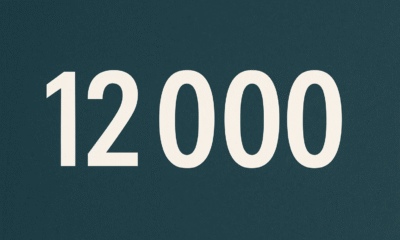
 Nyheter2 veckor sedan
Nyheter2 veckor sedan
